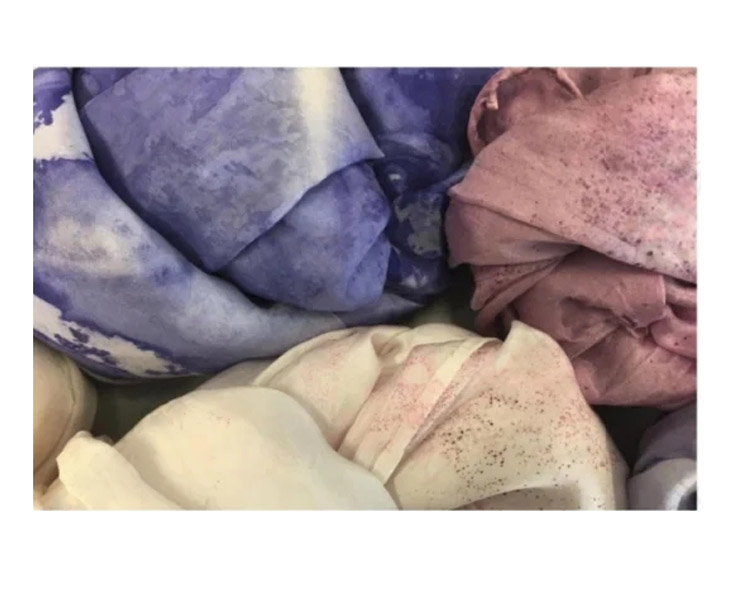 What materials & fabrics are trending?
Mar 15, 2023
What materials & fabrics are trending?
Mar 15, 2023
What materials & fabrics are trending?
With increasing consumer awareness of the carbon footprint, low carbon fabric will become more and more valued. Need to review this kind of fabric technology, ecological and social influence, and the suppliers, achieve transparency between brands and consumers. Recyclable materials, biological technology, natural fiber, energy conservation and environmental protection dyeing process, production models will guide the sustainable development direction, help reduce carbon emissions, are all notable application strategy. This report will focus on focus on the key to sustainable development in the field of material and material technology, mining, and share the potential partners, share experiences and resources. Cooperation with leading professional manufacturers, bring into full play the potential of industry of advanced technology, constantly achieve carbon neutrality.
Art new one's deceased father grind.Environmental protection dye and dyeing and printing.
As the brand faces environmental pressure is more and more big, the digital ink-jet printing has played a significant acceleration in loop design and process changes. At the same time, renewable, biodegradable and nontoxic coating, processing and the ongoing development of dyes, environmental biological ingredients in dyes and handling, to replace the conventional dye proofing and functional treatment of toxic substances.
Groceries to upgrade around Los Angeles abandoned carrot top, and mix them with alfalfa, create a 100% non-toxic and plant-based unique dye, can solve the problem of waste, not only can solve the problem of the color itself.
Bacteria staining: using photosynthesis remove Carbon dioxide from the atmosphere of the Post Carbon using microbe dyes, Kukka Lab bacteria Living Color dyeing technology in collaboration with Puma capsule series, leaving the growth of the unique patterns on the fabric, the pattern is made by dye extracted from the bacteria.
Energy conservation and dyeing.
On the one hand to be able to continue through the investment of natural dyes, the use of plant dyestuff and food wine stain; On the other hand may be trying to develop time saving, energy saving, water saving, environmental protection of dyeing, new technology to make low carbon footprint of color and texture, as far as possible to reduce waste, and ensure that water, chemicals, and pigments can recovery and regeneration in the circular economy.
 What materials & fabrics are trending?
Mar 15, 2023
What materials & fabrics are trending?
Mar 15, 2023